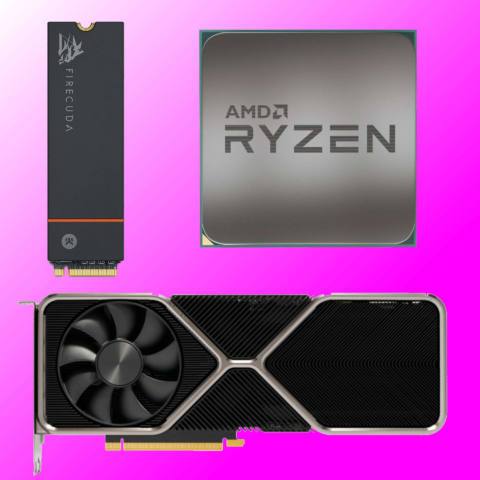Qualcomm had its annual investor day yesterday and with that comes news that the company expects to be selling no less than $4 billion in PC processors annually by 2029 (via CNBC).
If that sounds like a big number, it is. For context, AMD’s most recent full-year earnings figures showed that it brought in $4.7 billion in sales for its “client segment” in the most recent quarter, which mostly comprises PC processors and excludes PC graphics cards and chips for consoles.
AMD has admittedly upped its game since then, netting $1.9 billion in the last quarter alone for client PC sales. But Qualcomm’s claims would very much put the company in the same ballpark as AMD for client PC processor sales. That would be some achievement, given Qualcomm was virtually starting from zero in the PC market when it launched the Snapdragon X earlier this year.
Intel, meanwhile, reported nearly $30 billion in sales for its “Client Computing Group” in 2023. But that includes not only PC processors, but chips for motherboards, cellular modems, Wi-Fi controllers and more.
You’d still expect Qualcomm’s $4 billion to be quite a bit smaller than whatever Intel is currently pulling in from just CPU sales. But however you slice it, Qualcomm is expecting to sell a very large number of its PC processors by 2029. And that means a very large number of Arm-based PCs, presumably mostly laptops, being bought by actual end users.
For now, it’s very hard to say how well sales of laptops with Qualcomm Snapdragon X chips have been going. But one key question is whether Qualcomm’s success would make for a larger market for PC processors overall, or could it be a zero sum affair, taking away sales from Intel, AMD or presumably both?
The likely reality is a bit of both. But the other imponderable is whether Qualcomm will even be making PC processors by 2029. Qualcomm and Arm are currently fighting it out in the courts over Qualcomm’s very right to make CPUs based on Arm’s instruction sets.
Arm has said it intends to cancel Qualcomm’s licence to make Arm-based CPUs. But we suspect that even if Qualcomm loses the legal case, the result is more likely to be a larger licence fee to Arm than Qualcomm actually ceasing to make the chips.
While all this is going on, we also have rumours that Nvidia is planning to enter the PC processor market, perhaps as soon as late 2025, with its own Arm-based chip. How that factors into Qualcomm’s supposed $4 billion in annual PC processor sales isn’t clear. But if Qualcomm is selling $4 billion worth and Nvidia is selling billion dollars more in PC processors, well, the market sure is going to be crowded.
In the meantime, we’re really waiting to see if anyone can get PC games running reliably and consistently on an Arm CPU of any kind. Both Apple and Qualcomm have proved that Arm cores can be more than competitive with AMD and Intel’s x86 CPU cores for raw performance. But software compatibility and particular game support remains the main stumbling block.
It will be interesting to see if big games publishers begin to release native Arm builds of their latest games any time soon. If PC gaming on Arm is to really take off, game support is going to be absolutely critical.

Best CPU for gaming: Top chips from Intel and AMD.
Best gaming motherboard: The right boards.
Best graphics card: Your perfect pixel-pusher awaits.
Best SSD for gaming: Get into the game first.






